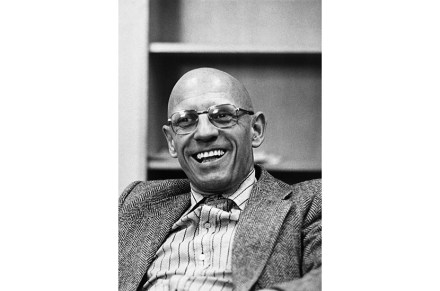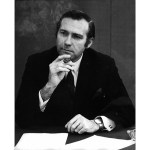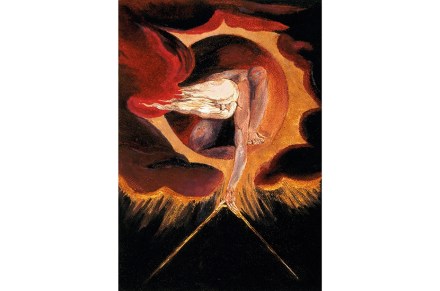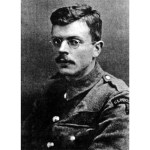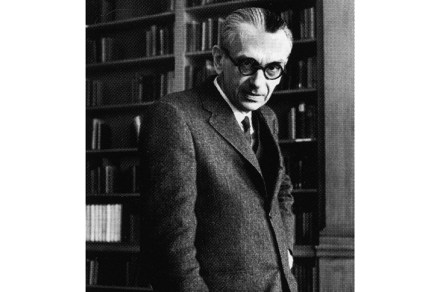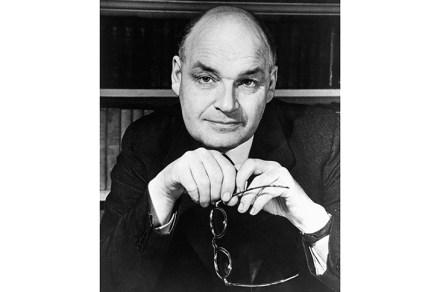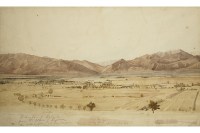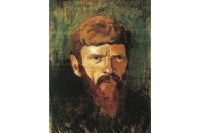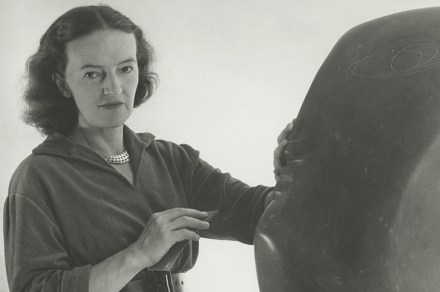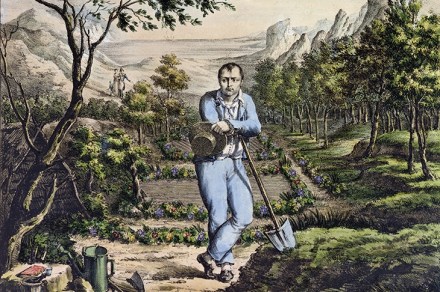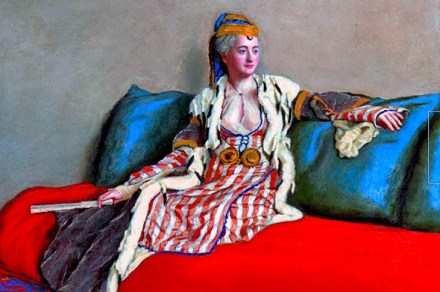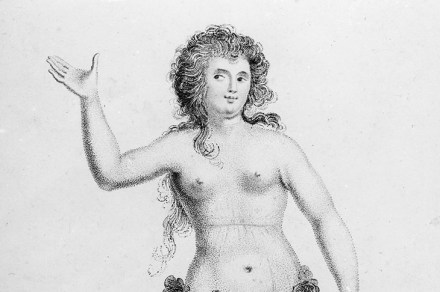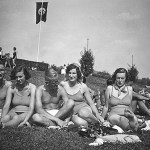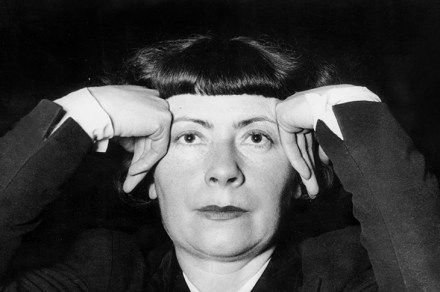A true bohemian: the story of Nico’s rise and fall
It is well established that artists are not always the nicest people. On the surface, the life of the model, actress and singer Christa Päffgen, aka Nico, would appear to bear this out. Being Nico didn’t mean being nice. The story of Nico’s rise and fall usually goes like this. She grew up in the rubble of post-war Berlin, emerging from adolescence as both stunningly beautiful and remorselessly ambitious. By the time she was 28 she had appeared on the cover of Vogue, starred in Fellini’s La Dolce Vita and sung with the Velvet Underground; she counted Alain Delon, Bob Dylan and Jim Morrison among her numerous conquests. She went



